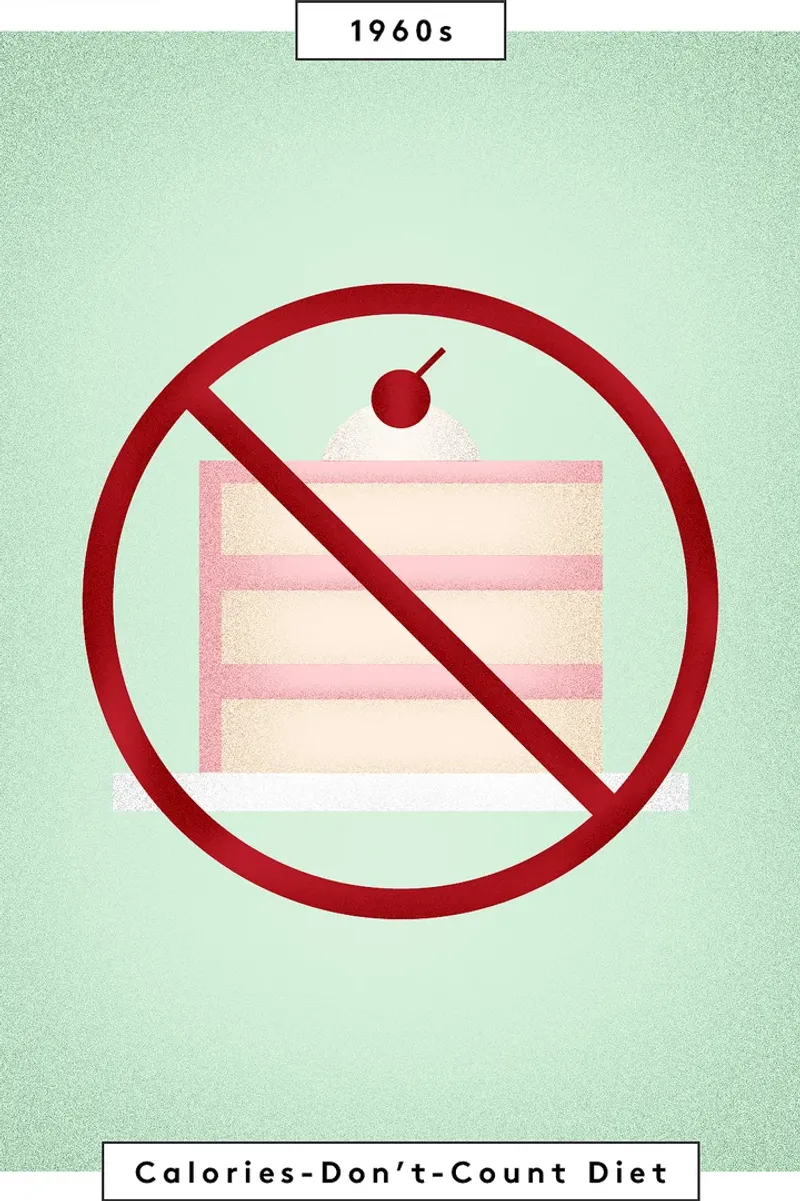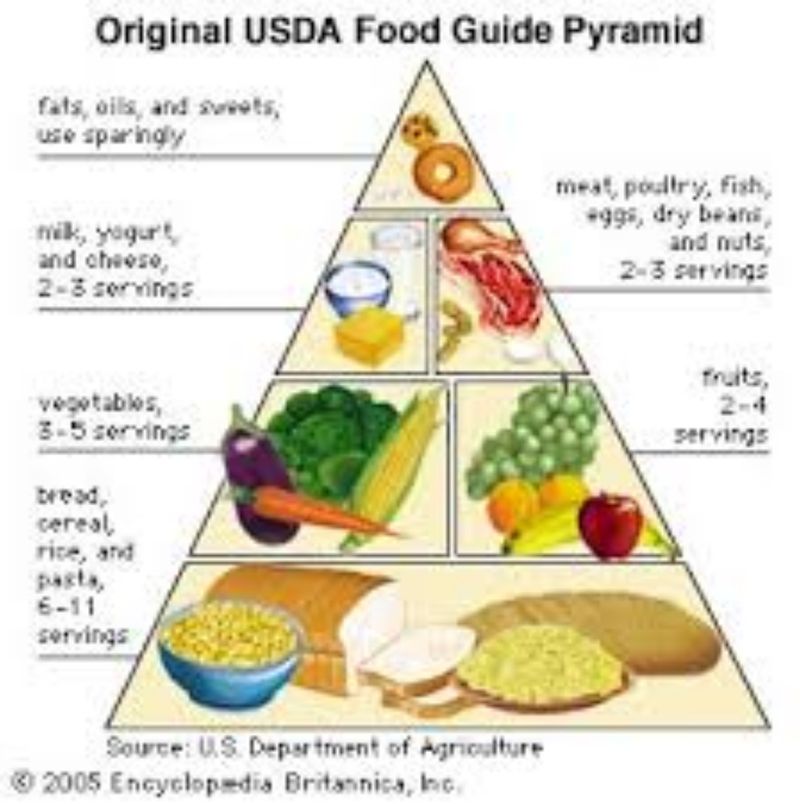7 Wrong Ideas About Food We Believed 50 Years Ago

The 1970s weren’t just bell-bottoms and fondue pots—they were also full of food myths that science has since debunked. Back then, advice came more from TV commercials and word-of-mouth than from research. Here are 7 food beliefs we once took as gospel that now make us do a double take.
1. Margarine Is Healthier Than Butter

In the era of disco balls and bell-bottoms, margarine strutted onto the scene as the darling of heart health. Advertisements painted it as the butter substitute that would keep those arteries squeaky clean. But beneath its golden sheen lurked a villain: trans fats. These sneaky fats were later linked to heart disease and are now banned in many countries. Moderation turned out to be key, and butter regained some of its lost glory. Many who grew up spreading margarine on their toast were shocked to learn its dangers.
2. Fat Will Make You Fat

Once upon a time, all fats were cast as the wicked witches of weight gain. Supermarkets brimmed with low-fat products promising a slimmer waistline. However, this narrative missed a crucial detail: not all fats are culprits. Enter healthy fats, the unsung heroes found in foods like avocados and nuts. These good fats support brain function and metabolism. The blanket ban on fats was debunked, allowing us to enjoy creamy guacamole guilt-free. It’s a revelation that left the diet books of the past looking rather lean on truth.
3. Eggs Are Bad for Cholesterol

Eggs, once labeled as cholesterol bombs, were nearly ostracized from the breakfast table. Health warnings equated them to ticking time bombs for heart disease. Yet, science flipped the script, revealing that dietary cholesterol doesn’t significantly affect blood cholesterol in most people. These oval wonders are actually packed with protein and essential nutrients. The reputation makeover was akin to an egg renaissance, restoring them as a breakfast staple. For those who loved their sunny-side-up in the ’70s, the truth was indeed eggstraordinary.
4. Frozen Dinners Are Nutritious and Balanced

The convenience of TV dinners made them a sensation in the ’70s, hailed as balanced meals for the modern family. Flashy trays promised a slice of culinary efficiency. However, beneath the foil lay a concoction high in sodium and preservatives. Vegetables tasted more like the cardboard they came in, and the meals were anything but balanced. This realization transformed the frozen food aisle, pushing for better ingredient transparency. Families who grew up on TV dinners now seek fresher, more wholesome options.
5. Canned Fruit Is Just as Good as Fresh

A bowl of canned fruit cocktail was once the crowning jewel of a meal, its syrupy nectar a sweet indulgence. It was believed to be as nutritious as biting into a fresh apple. However, the truth later unraveled: canned fruits often swam in sugar-laden syrups, stripping them of essential nutrients. Fresh or frozen, without added sugars, emerged as the healthier choices. The neon cherry atop the cocktail lost its luster as people embraced whole, unprocessed fruits. The shift was as refreshing as a crisp apple bite.
6. All Calories Are Equal

Calories ruled the dietary kingdom, with the mantra that numbers never lie. This simplistic view overlooked the complexity of nutrients. Comparing 100 calories of almonds to 100 calories of soda revealed a stark contrast in nutrient density. The health community began to prioritize quality over quantity. This nutrition enlightenment reshaped dietary guidelines, emphasizing the importance of whole foods. Those who painstakingly counted calories in the past now appreciate the value of wholesome ingredients. It was a calorie revelation that reshaped eating habits.
7. Bread and Pasta Should Be the Base of Every Meal

The food pyramid of yesteryears made bread and pasta the cornerstone of every meal. These refined carbs were seen as the foundation for a healthy diet. However, their dominance was questioned as links to blood sugar spikes and chronic diseases emerged. Balancing carbs with fiber, protein, and healthy fats became the new dietary gold standard. The shift from carb-heavy plates to balanced meals was a game-changer. Those who followed the pyramid’s teachings found a new path to wellness by embracing variety and moderation.
